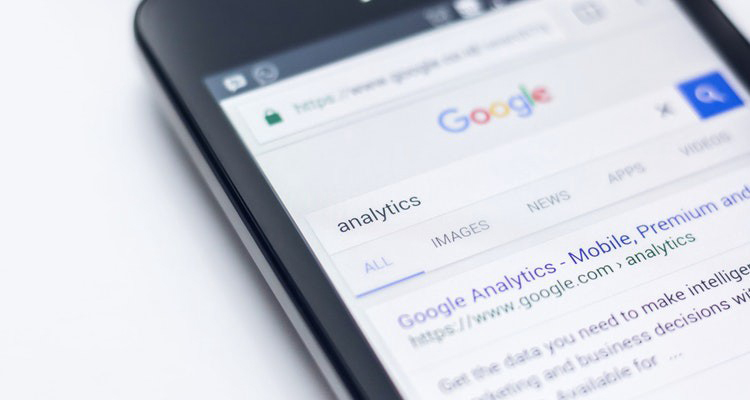Truth lies in the data

This is a guest post from Jim Katzaman. He’s a regular participant on my weekly #TwitterSmarter chat. He’s a manager at Largo Financial Services and worked in public affairs for the Air Force and federal government. You can connect with him on Twitter, Facebook and LinkedIn.
For a better social media experience, follow the data. That beats playing a hunch.
One of the prime number crunchers is Joe Martin, head of social analytics at Adobe. He specializes in research, media buying, content creation and brand strategy.
Martin talked with social media consultant and entrepreneur Madalyn Sklarabout how knowing and using data leads to online success.
Keeping in mind the computer adage, “Garbage in, garbage out,” relationship experts from Hootsuite noted Twitter mistakes to avoid and keep data clean. In general, be a giver, not a seller.
“Avoid leaving mentions and direct messages unanswered,” they said. “People are engaging with you. Say Hi, and start a conversation. Avoid shamelessly begging for followers. Earn new followers by providing value to the Twitter community.
“Steer clear of the hard sell,” the experts said. “No one likes to be pitched. Build trust through engagement.”
Those steps will lead to a truer measure of social analytics. This data reflects predetermined metrics of social interactions. They include engagements, mentions, audience, tweets, retweets, replies, link clicks and so on that show activity.
“Social analytics use data beyond just engagements to optimize a marketing campaign,” Martin said. “Social can be a vast data set that can provide insights to drive competitive and content strategy, product development and other research.
“So much data is available through conversations on social,” he said. “The ‘artificial intelligence’ topic alone had more than 20 million mentions so far this year. That’s a lot of great intel for a company.”
Hashtag clues
Hashtags also are useful to collect data.
“They give great insights for content strategy and product development,” Martin said. “More than just hashtags, the data includes around 100 terms related to AI that I am always tracking.”
Sklar added that, in simple terms, social analytics gathers and measures users’ social media data.
Describing his analysis process, Martin prefers to see a problem and hypothesize a way that consumer data from social mentions can provide strategy to resolve the issue.
“I’ll test that hypothesis and generally find I can see some sort of trend or element that can provide strategic value,” he said. “I am actively tracking conversations within many topics — AI, quantum computing, internet of things. That gives great competitive, content, product and marketing intel.”
Martin calls that “100 percent proactive research. We use social mentions data to supplement surveys and action data to make decisions on various strategies.”
Social data tells if your marketing is on track. You’re focused on the right area instead of flailing away.
“Researching your audience ensures you are serving the right content and targeting the right people,” Martin said. “You know you’re using competitive marketing and improving optimization.
“Paid social campaigns provide incredible targeting, but you need to know what to target for each campaign,” he said. “The practice of social analytics helps with that.”
Ship shape
In nautical terms, good data helps navigation.
“Your social data can help steer the ship of your social media marketing,” Sklar said. “I look at what’s popular, what people are talking about, what images resonate with people.”
The social data has even more benefits.
“It drives strategy,” Martin said. “As a big company, we benefit from having a lot of mentions of our brand. We use the data similar to how you would use a survey.
“Social data can be valuable for all sizes of companies,” he said. “It can help feed not only social campaigns, but also future strategy of your company.”
Social listening also plays a role in data collection.
“It keeps you in touch with issues important to your audience and how your competition responds to them,” Martin said. “Together, that helps you make an informed decision of how you can present the best solution.
“First and foremost, social listening is good for brand monitoring,” he said. “You know when your brand is mentioned — good and bad. After that, you research primarily to enable social teams, communication teams and events.”
Hearing aid
Social listening is another way to describe monitoring.
“I do this daily using Hootsuite to monitor my Twitter lists, which is basically customized feeds,” Sklar said. “I can quickly see what is happening all over. This is an important part of my marketing strategy.”
Brands also can use image analytics for consumer insights.
“That’s relatively new,” Martin said. “It can help to choose what stock images or elements you choose to post with your social content to increase engagement.”
Martin and Sklar have favorite tools for social analytics.
“At Adobe, we primarily use Talkwalker for listening and Hootsuite for posting,” Martin said. “We also get great data from the Adobe Experience Cloud to enable other teams.”
Sklar’s social analytics tools include Twitter Analytics, Hootsuite, ManageFlitter and Buffer.
“Social media has moved from an emphasis on awareness to a legitimate demand-generation channel,” Martin said. “I would expect to see more companies see the benefits of social beyond just likes and shares.”
Specifically, video holds promise.
“The future of social media will be video,” Sklar said. “If you do not have a video marketing plan in place, start now.”
She and Martin continued their discussion about data and the future of social media in a Facebook Live chat.
About The Author
 Jim Katzaman is a manager at Largo Financial Services and worked in public affairs for the Air Force and federal government. You can connect with him on Twitter, Facebook and LinkedIn.
Jim Katzaman is a manager at Largo Financial Services and worked in public affairs for the Air Force and federal government. You can connect with him on Twitter, Facebook and LinkedIn.
